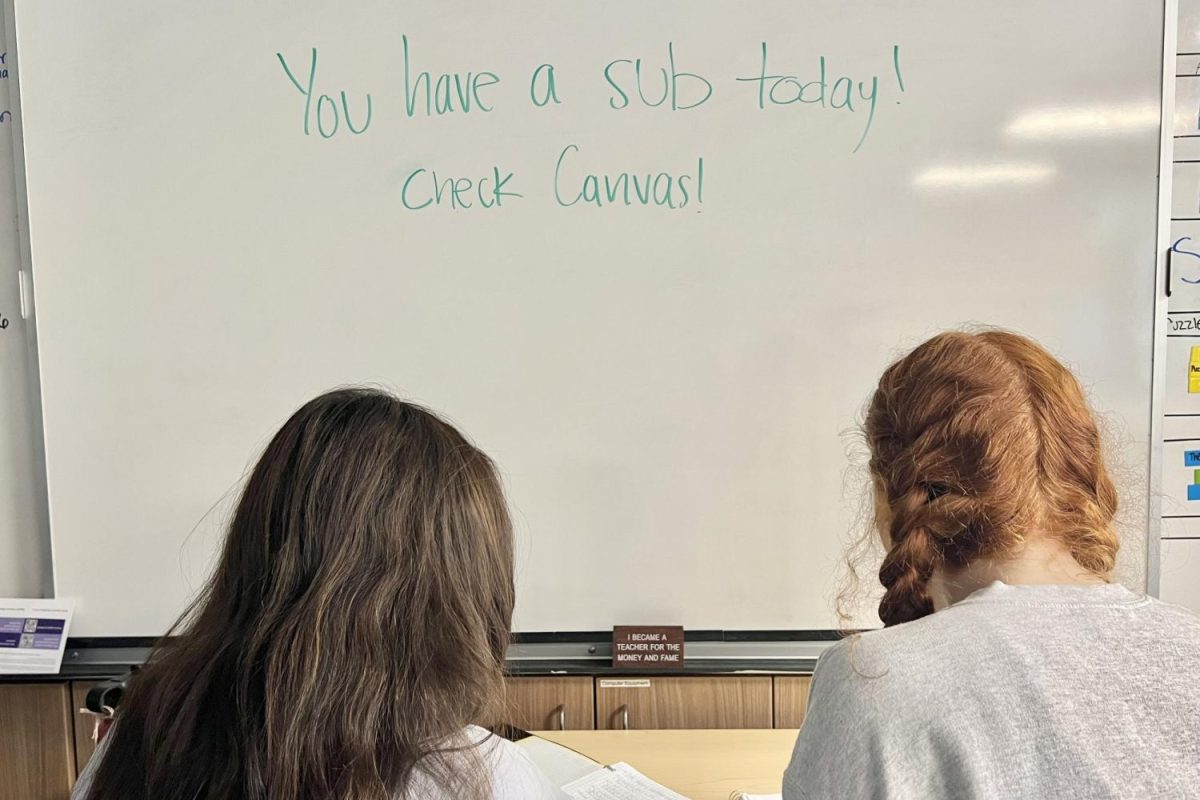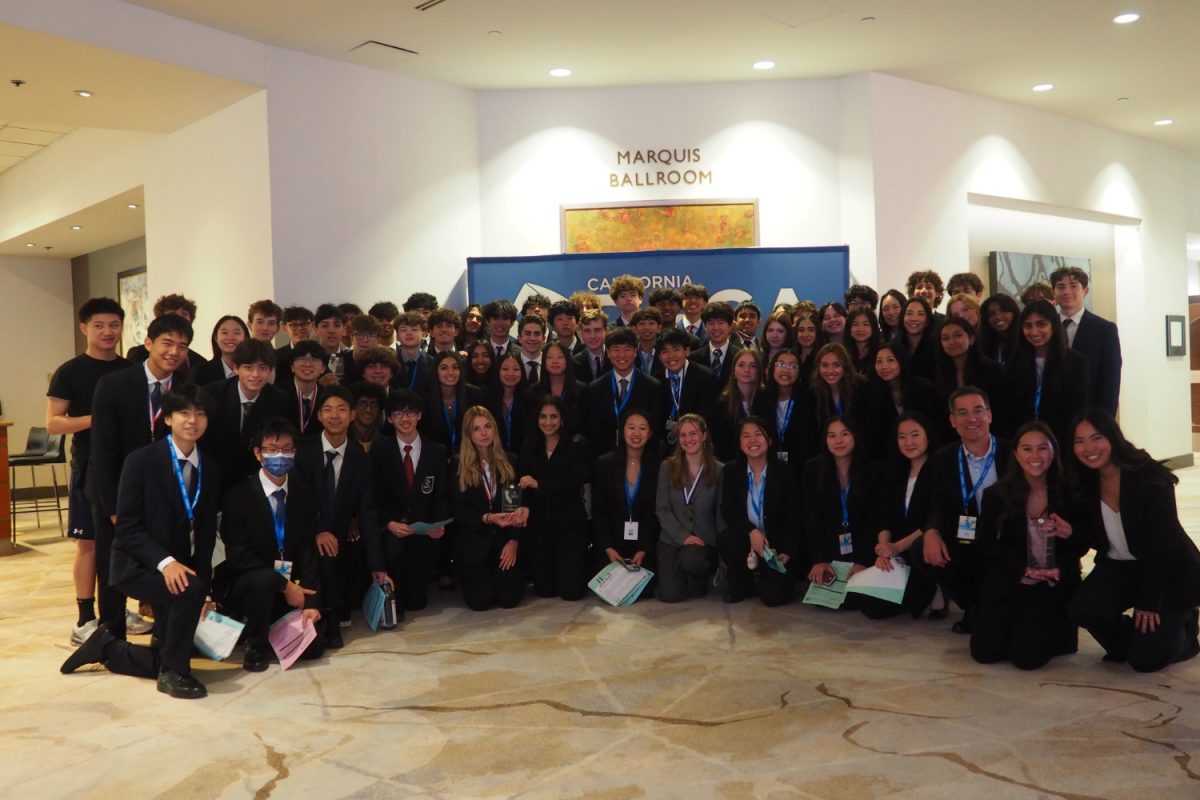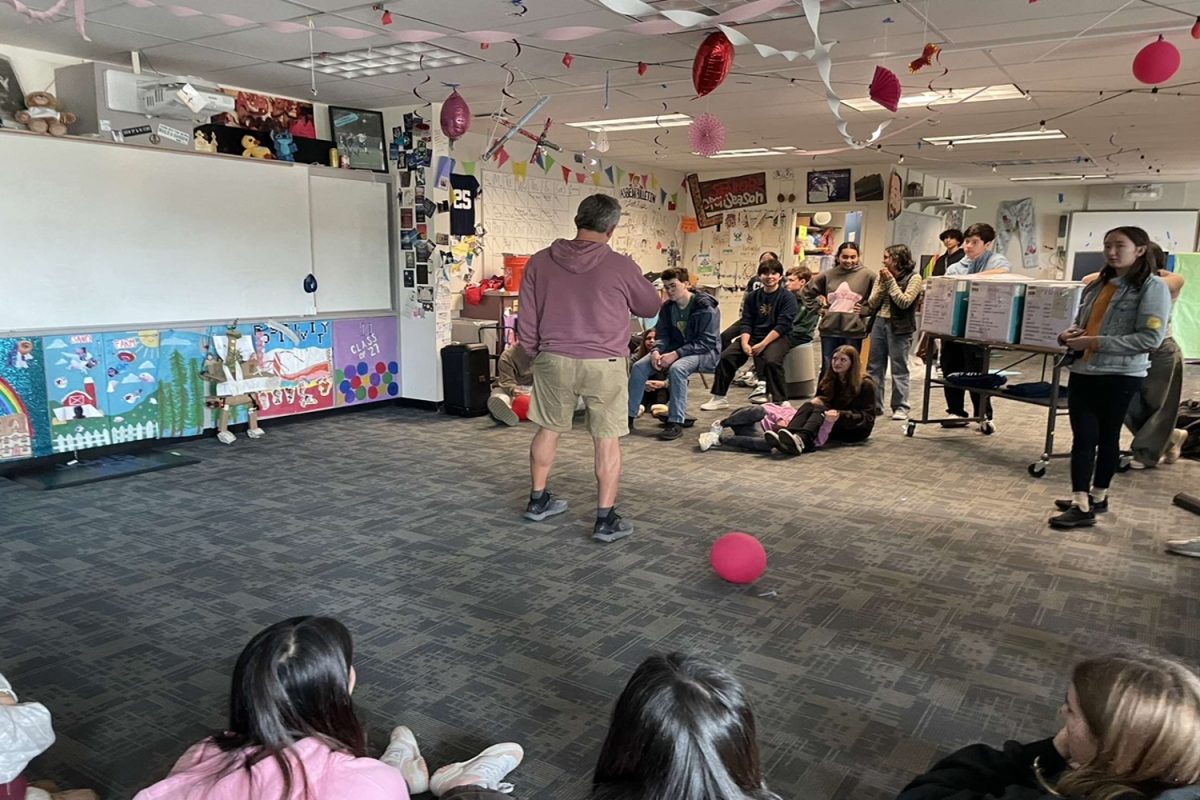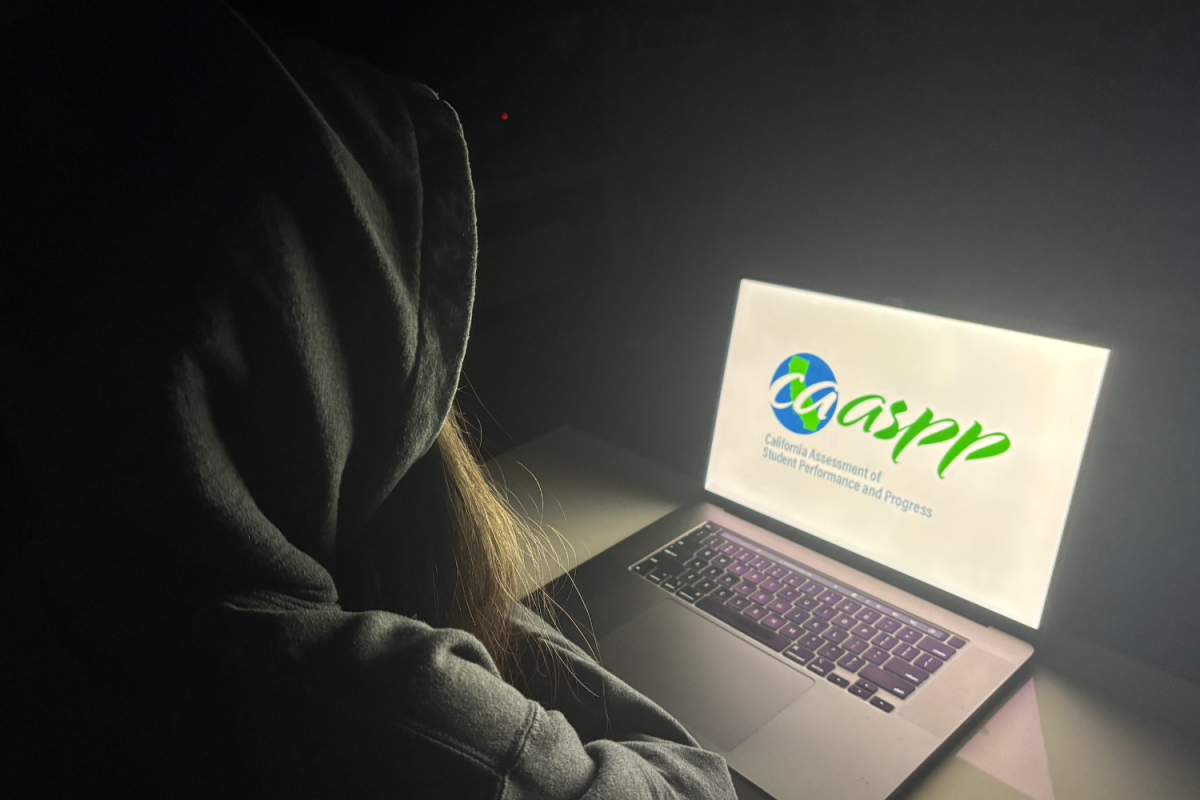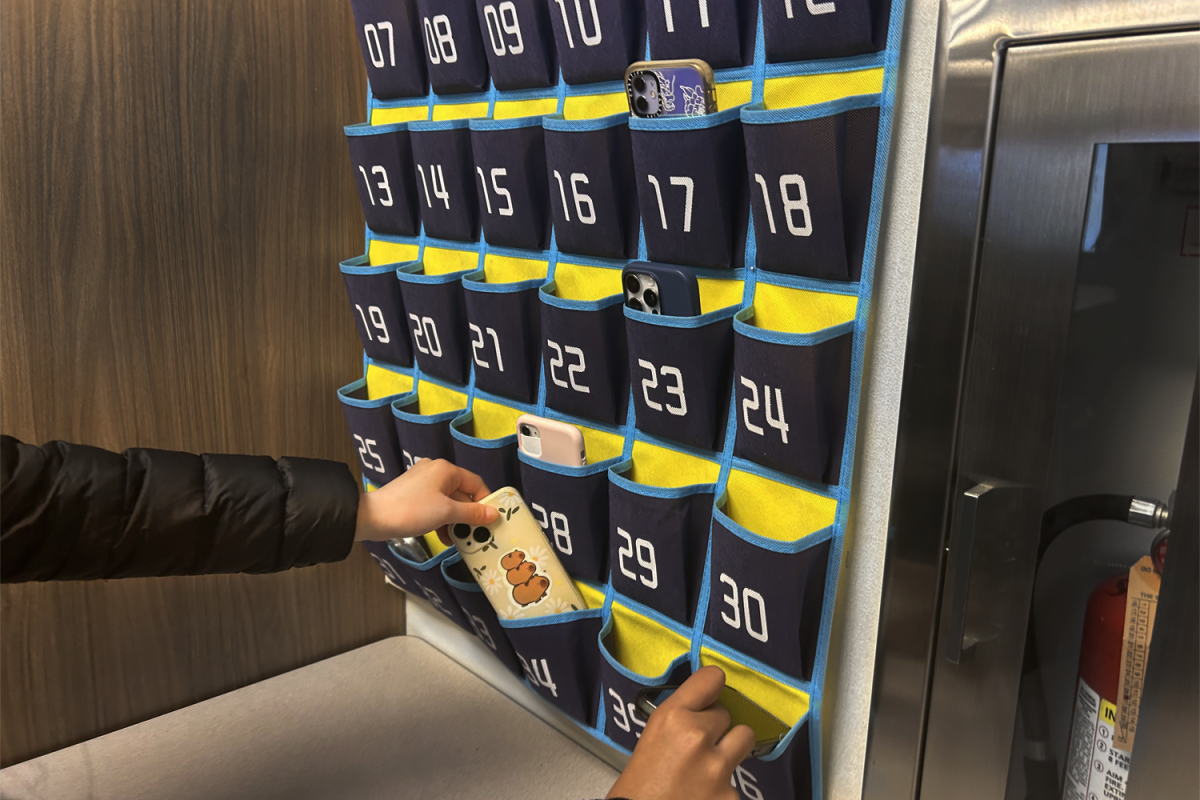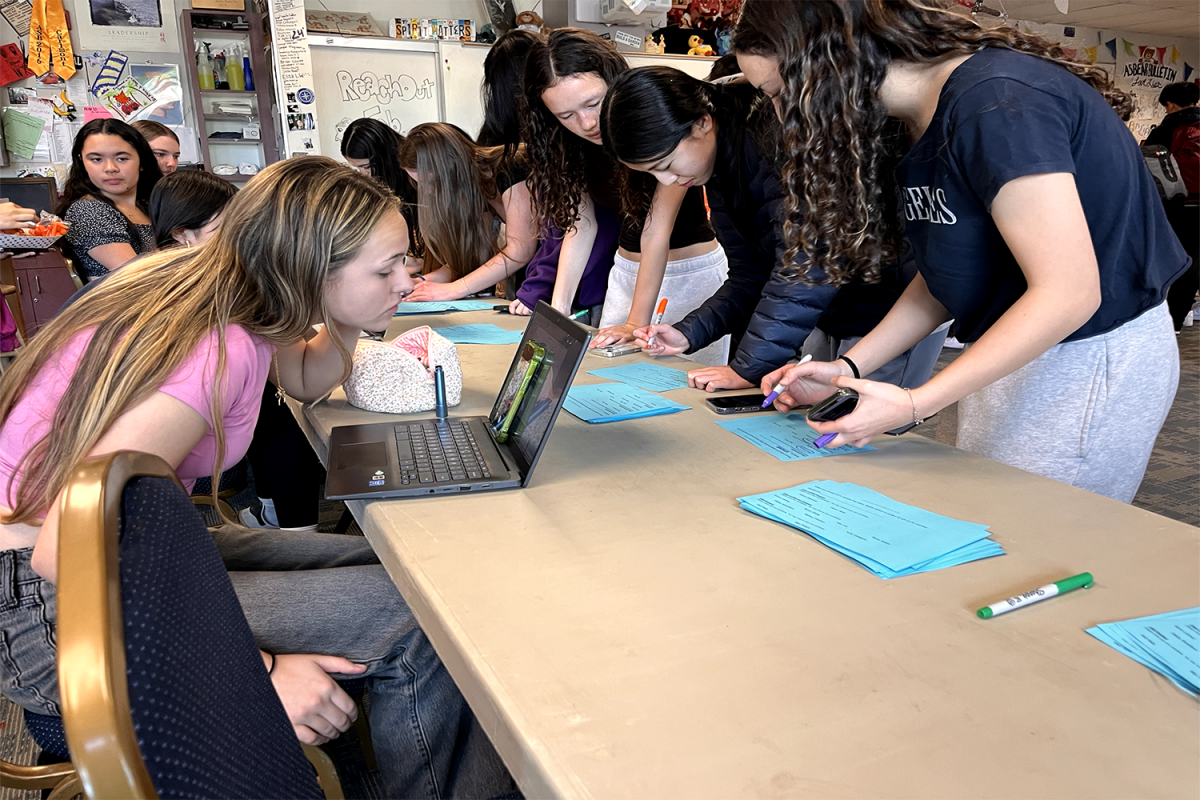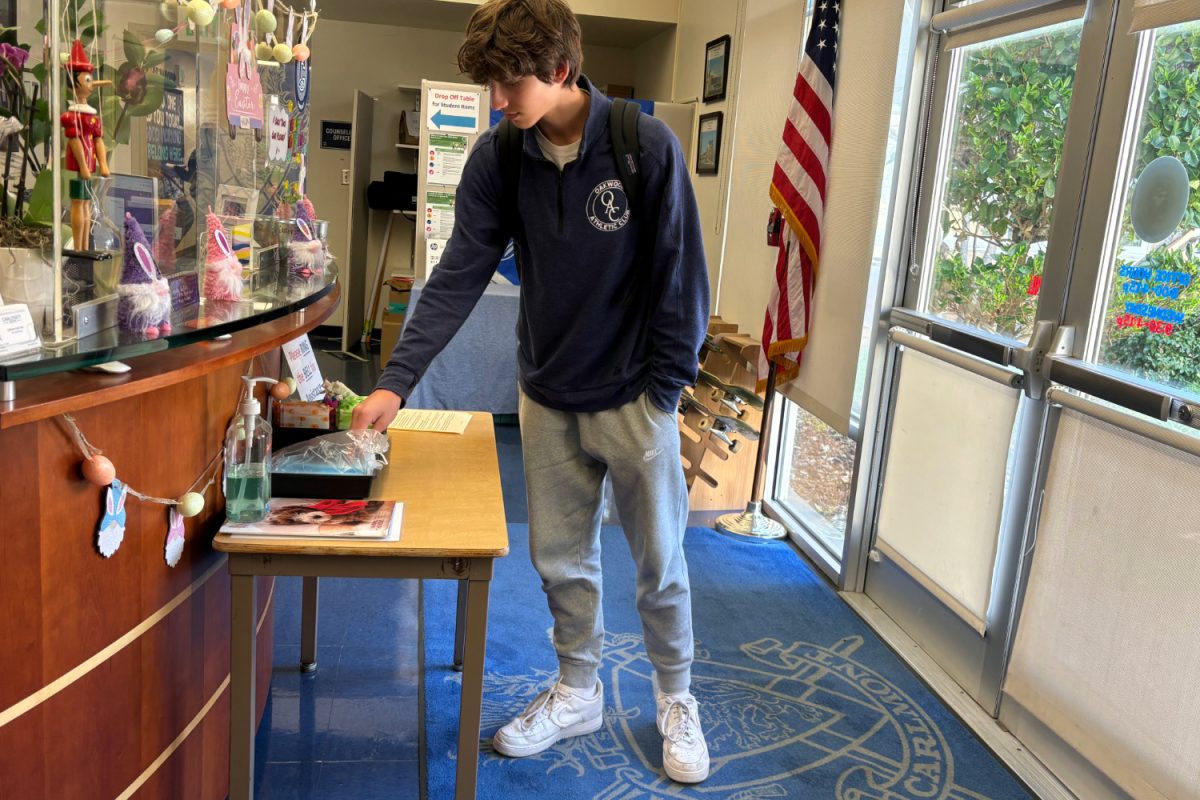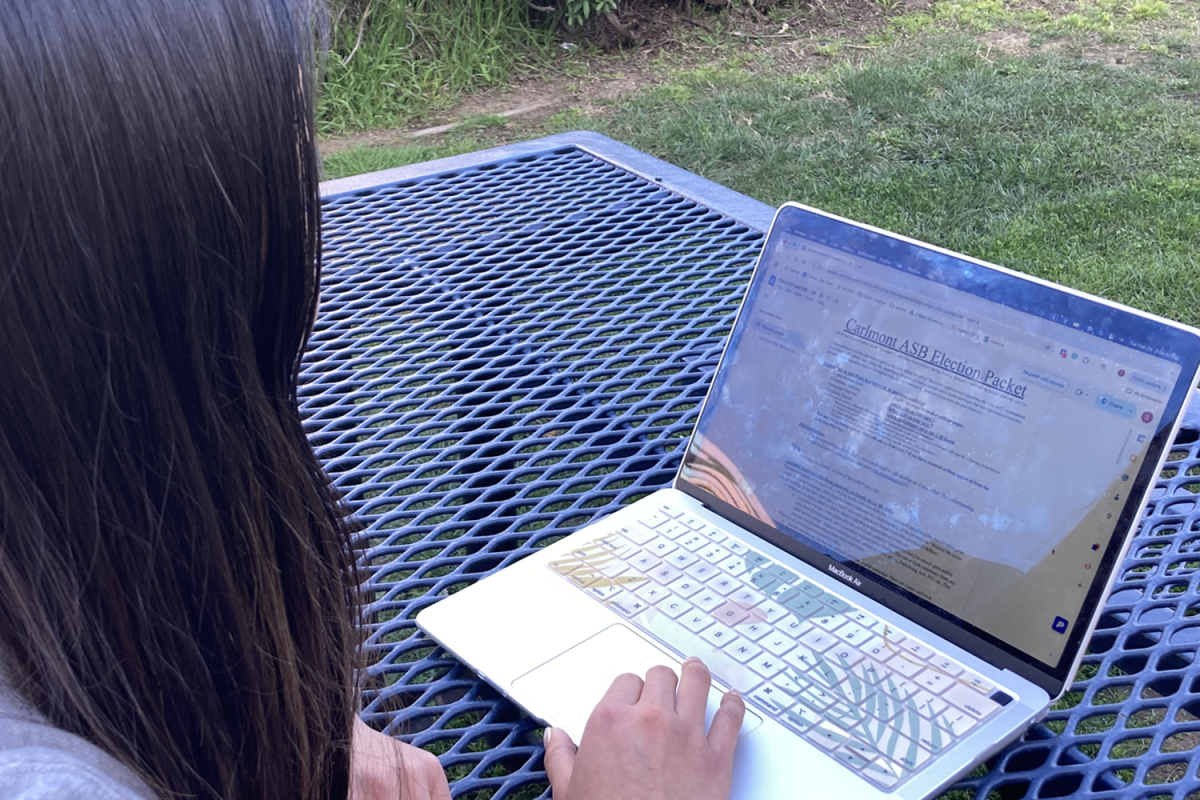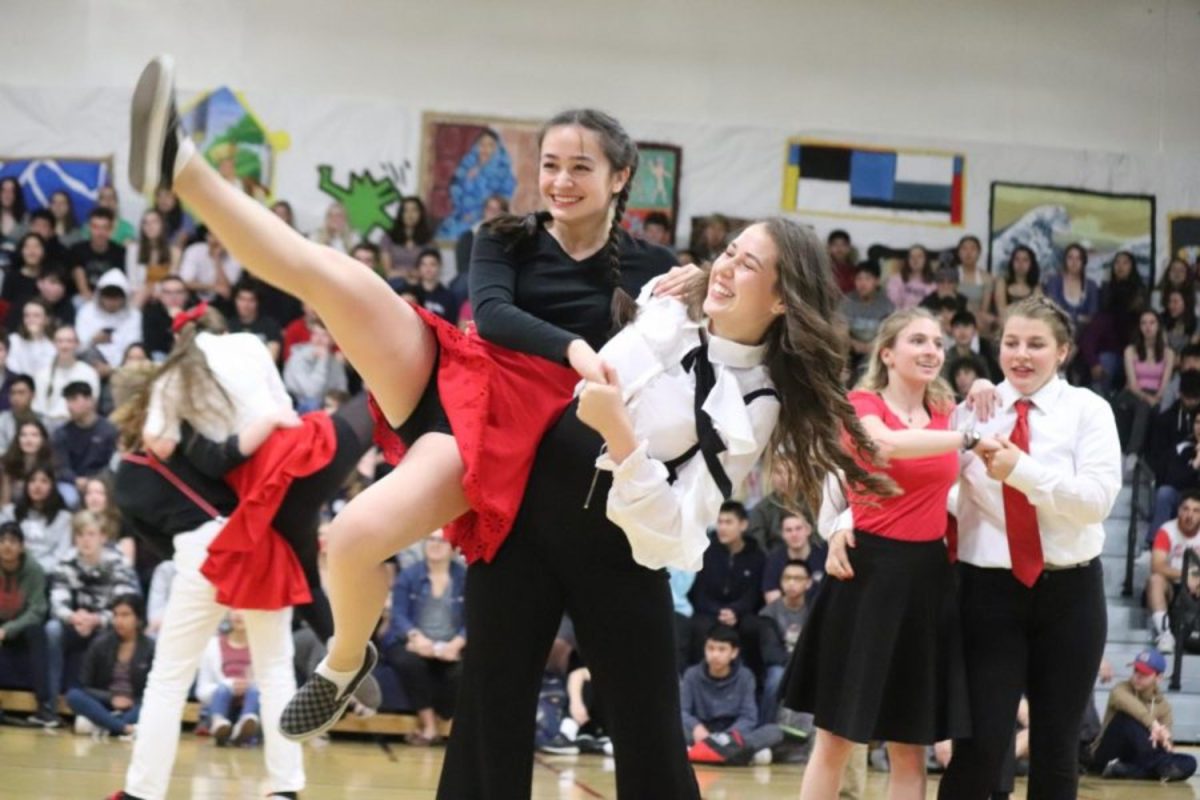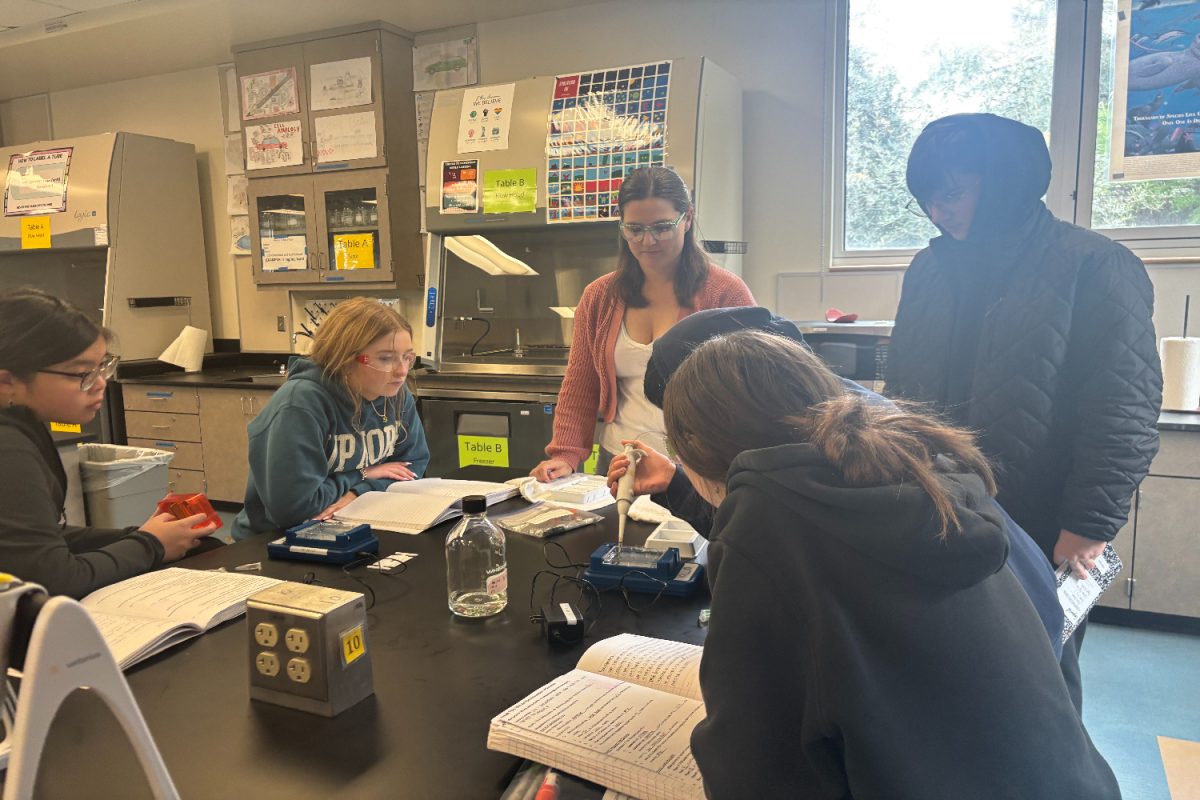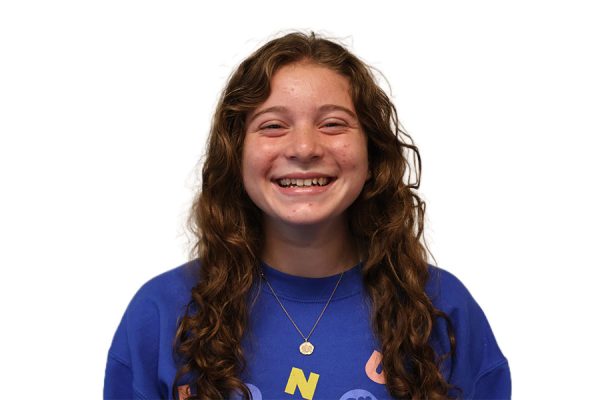A significant increase in teacher absences has left a handful of classrooms with a rotation of unequipped substitutes for weeks on end. The disarray of teaching and substitution roles puts pressure on both student academics and the faculty structure at Carlmont High School.
“Subs were distracted in the way that they didn’t focus on the curriculum at hand, leaving progress to decline among students,” said Sophie Boyd, a sophomore at Carlmont.
From Sep. 25 to Oct. 9, Boyd’s geometry teacher was gone from the classroom. In replacement, the students were met with a rotation of substitute teachers.
Instead of following a lesson plan, these advisors were instructed to direct the students to Canvas for assignments posted online. According to Boyd, this stray from instructional standards lacked structure and left large time gaps throughout the class periods, causing many students to fall behind.
Students were left in the dark as the Carlmont administration provided little information on the whereabouts of their teacher.
“We all experienced confusion on if our teacher was coming back and also the work,” Boyd said.
James McDowell, a beloved substitute teacher at Carlmont, recognizes that the difficulty finding new teachers may stem from commuting challenges, the cost associated with living in the Bay Area, and, most importantly, ineligibility.
McDowell is a witness to multiple accounts similar to that of Boyd’s, where a substitute’s credentials don’t pair well with the structure of a class, leaving learners disoriented.
“You [students] flew by the seat of your pants…and I thought that was an unfair situation for the kids,” McDowell said.
Brenda Gildo, Carlmont’s Instructional Secretary, deals heavily with ensuring that a substitute covers every classroom.
Although she only witnesses the “mechanical side” of hiring substitute positions, her close contacts with the Sequoia Union High School District confirm theories like those from McDowell.
“It fluctuates year by year, but it’s just very hard to find people who are willing or have the credentials to become subs,” Gildo said.
Gildo stresses that substitutes should be open to change when they sign up, but acknowledges that the constant shifting required to adapt to teacher absences can be overwhelming.
Gildo notes that administrators are looking to student-teacher programs to resolve problematic factors like this and the others mentioned. The people involved are filling the shoes of substitute teachers while also gaining a passion for a particular subject they may later pursue.
“You can never substitute that art of teaching,” McDowell said. “The art of teaching is being comfortable with the subject.”

